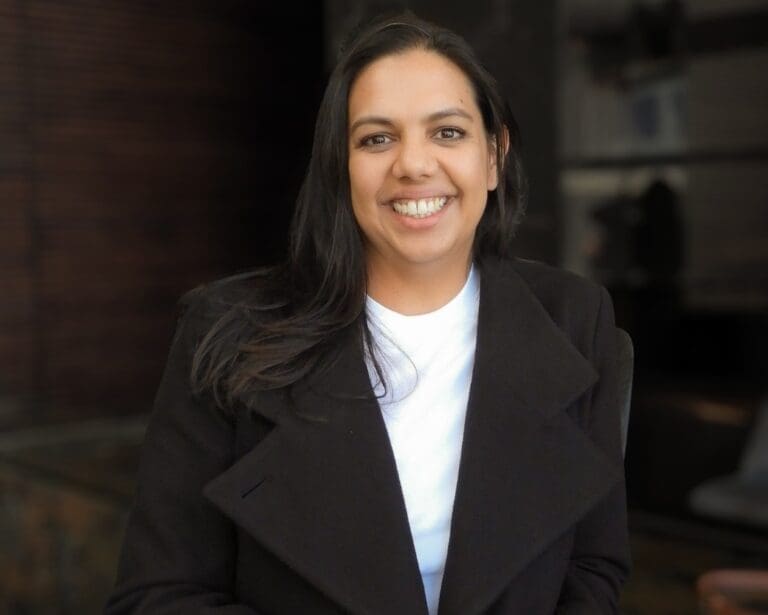For Sasha Maharajh, Project Architect at BPAS, architecture was not a childhood dream but a discovery – one she made after a detour through studying a BA in psychology. She quickly discovered that it was not for her and embarked on a draughting course instead. “I started working in a small practice where I began to love the profession,” she says.
The experience gave her new insight into how people engage and respond to spaces. Today, she’s driven by a deep belief that buildings should do more than meet a brief. They should evoke emotion, invite reflection, and serve the people who use them.
“Architecture always provokes an emotion,” Maharajh says. “It surrounds us at every step. I hope to create spaces that do that intentionally – spaces that are functional, beautiful, and full of feeling.”
This design philosophy is woven into every project she tackles, such as a deep rural school for learners with special needs. The brief was complex, and so was the research. But what emerged was a place of quiet safety, where soft courtyards and diffused light offer both comfort and dignity. “I hope that today it’s actually fulfilling its intended design and that the users are enjoying the building,” she says. “I think that’s all we hope for as architects.”
Maharajh’s calm, collaborative approach extends to the way she leads her team. “I like to keep my team involved in every step of the process,” she explains. “It’s not just about sharing knowledge – it’s about supporting each other and learning together. I fully believe that none of us is as smart as all of us.”
While she acknowledges that architecture is still perceived by some as a “male” profession, she’s not one to dwell on stereotypes. “I don’t believe any profession leans toward one gender or another. We are all capable if we choose to be,” she says. “Yes, people may underestimate you – but sometimes that’s an advantage.”
Maharajh keeps her focus on doing the work, which she believes is the best opportunity to help shift the narrative. “I hope I can inspire more women to enter the profession, but also to hold onto their femininity and unique flair in the process,” she says. “The mindset is already changing. I think we’ll be seeing more women architects in the spotlight.”
She’s inspired by local talent like Sumayya Vally, whose imaginative pavilions have drawn global attention – and she believes every woman in architecture brings “a flare of delicate detail” to their designs.
Ultimately, it’s Sasha’s measured perspective that stands out. “Being an architect is stressful enough,” she says. “I don’t feel tension about being a ‘female architect’ specifically. I have a lot of strong women around me, and that helps.”
For the next generation, she has one piece of advice: listen more. “In architecture, we’re always learning, always adapting, always growing.”
